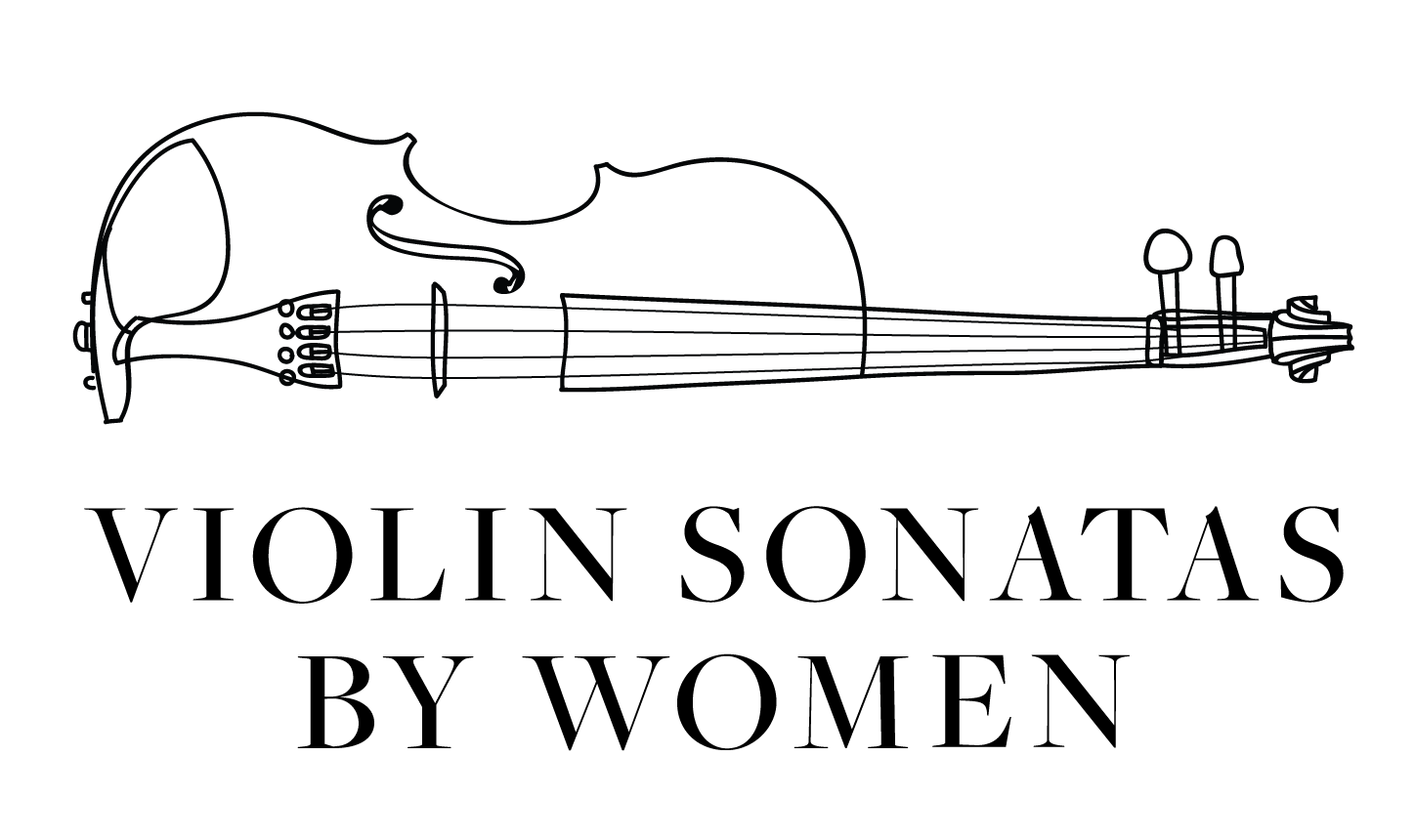Clara Kathleen Rogers
English American Vocalist and Composer
Born: 1844 (Cheltenham, England)
Died: 1931 (Boston, Massachusetts)
BIOGRAPHY
Born in Cheltenham England, Clara Kathleen Rogers studied voice with her mother and composition with her father. At age twelve, she attended the Leipzig Conservatory, studying piano with Ignaz Moscheles and voice with Louis Plaidy. Rogers was the youngest student ever admitted to the school.
Rogers made her singing debut in 1863 at nineteen years old, using the pseudonym Clara Doria. She began touring the United States in 1871 with the Carl Rosa Opera Company after years of solo performance tours in England and Italy. In 1878, she settled in Boston after her marriage.¹ Though her main focuses were teaching and composing, she presented concerts in her home in Boston for her contemporaries and friends.
Rogers was a member of the Boston School of composers in the late 19th century- along with other female composers such as Amy Beach, Margaret Lang and Helen Hopekirk. The era was known as the “golden” time for musical composition according to Arthur Foote, a member of the “Boston Six” group of composers.²
Around the turn of the century, Rogers was hired as Professor of Voice at the New England Conservatory. She continued composing, performing and teaching. Primarily writing for voice, Rogers’ manuscripts are located in the Library of Congress in Washington, D.C. She completed approximately 100 works as well as several vocal pedagogy books.³
Sonata in D Minor for Piano and Violin, Op. 25 (1892)
SONATA INFORMATION
Rogers was around 48 years old when she wrote her sonata for piano and violin. At this time, her focus was on composition and teaching.
1. Allegro (~8 min)
2. Andante con espressione (~6 min)
3. Allegro giojoso - Andante espressivo - Meno mosso (~9 min)
“The opening movement, Allegro, has for its main theme a fiercely determined melody, full of drive and striving. The second subject is lighter and more optimistic. Next comes a lovely Andante con espressione. Here the mood is quiet and subdued in the presentation of the delicate melodies which both instruments bring forth. The finale, Allegro giojoso, opens with an appealing and brilliant heroic theme and continues on in this vein to heavenly and ethereal coda.” - Edition Silvertrust
SCORES
1. Manuscript Location: Unknown
2. First edition (1893): IMSLP
3. Second Edition: Edition Silvertrust
4. Third Edition: Hildegard Publishing Company
RECORDINGS
1. David C. Neely and Catherine Herbener: YouTube (first movement only,) Naxos
2. Elaine Skorodin and Kimberly Schmidt: PRX
Sources
Fox, Pamela. "Rogers [née Barnett], Clara Kathleen." Grove Music Online. 2001. https://www-oxfordmusiconline-com.ezproxy1.lib.asu.edu/grovemusic/view/10.1093/gmo/9781561592630.001.0001/omo-9781561592630-e-0000047788.
Tick, Judith and Judy Tsou. "Women in American music." Grove Music Online. 16 Oct. 2013. https://www-oxfordmusiconline-com.ezproxy1.lib.asu.edu/grovemusic/view/10.1093/gmo/9781561592630.001.0001/omo-9781561592630-e-1002252574.
Fox, "Rogers [née Barnett], Clara Kathleen."

